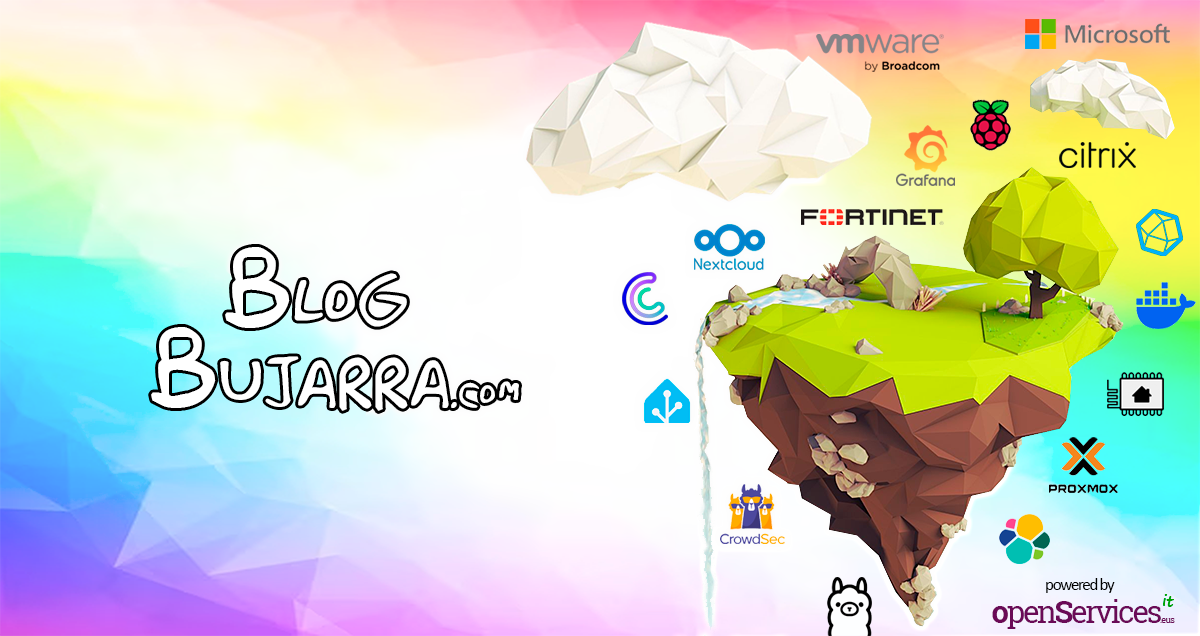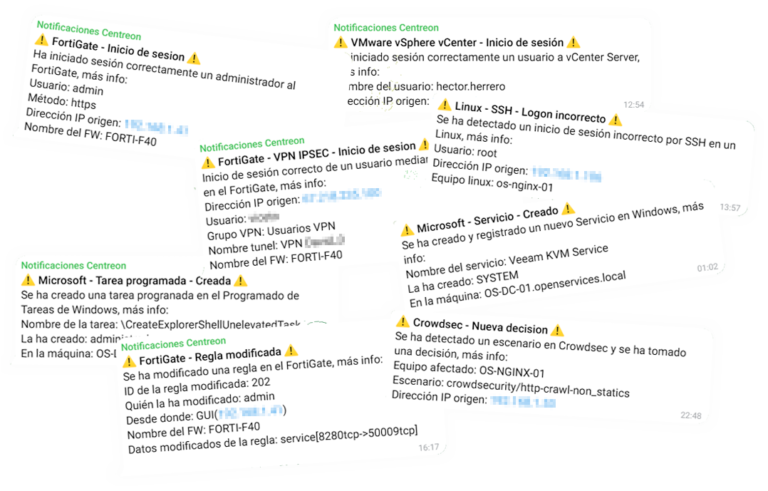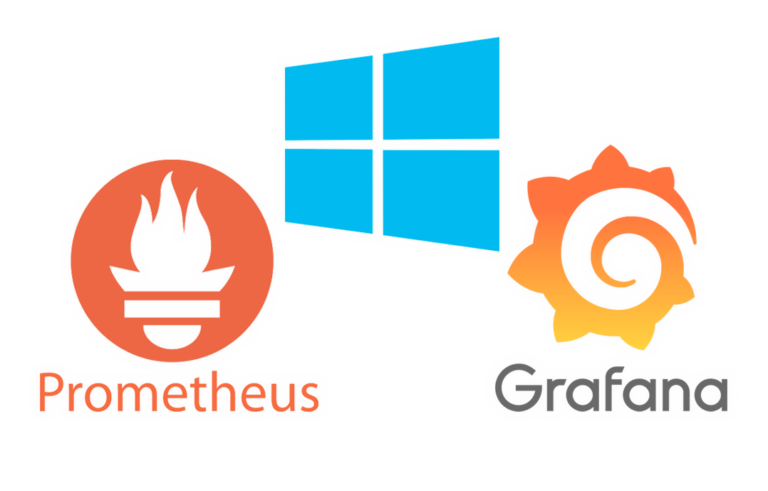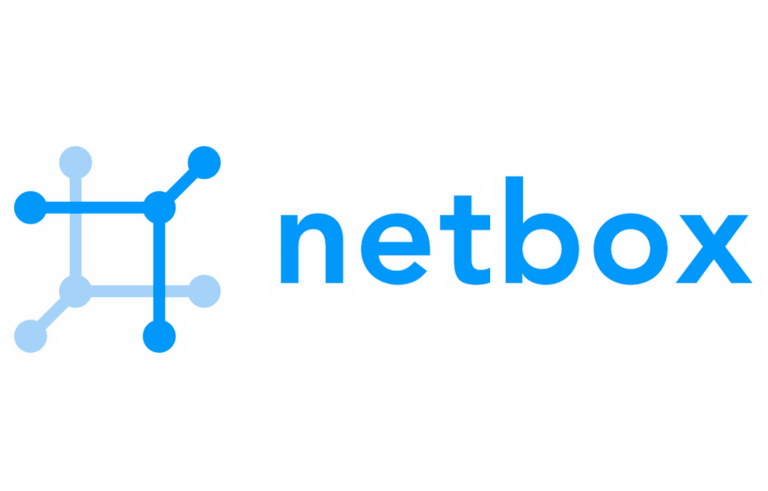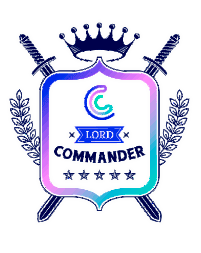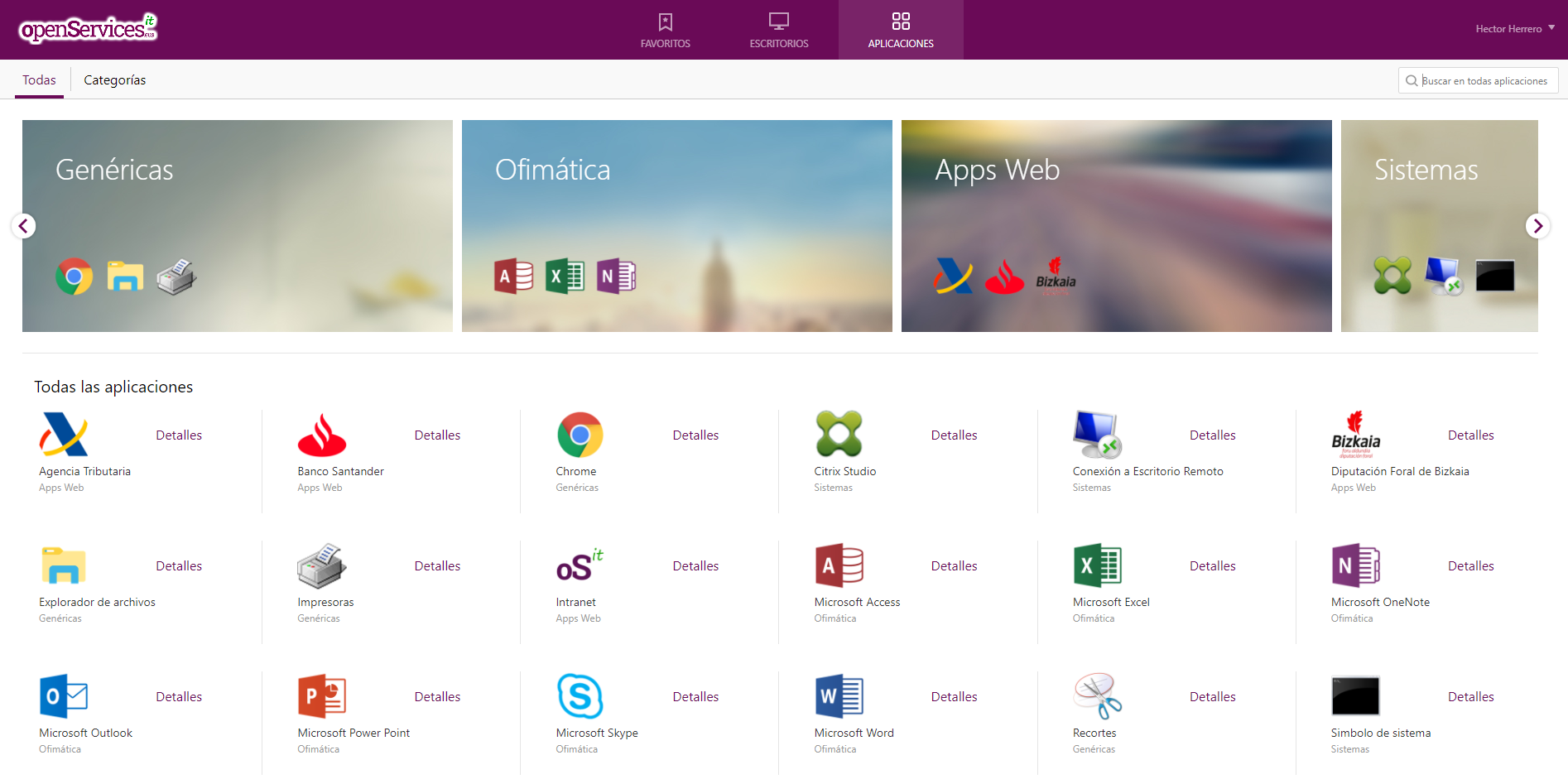
Setting up Shadow Copy
As incredible as it may seem, Microsoft moves forward! Not bad, This small great utility will be of enormous use to the administrators of networks of 'dumbs' users. It's a way that will save us IT admins time, since it is so easy that end users have to know it. I will give you a practical example. A network of X computers, X servers and for example, One of them is a file server where users store their data (images, Office Files, CAD…), How many times have we been told that a file has been uploaded?? that they have crushed him with another, or that they have engraved something on top of it… and that we recover yesterday's copy… or they just don't tell us and start over with work again. Vale, in situation, No? GOOD, MS if you have a Windows MS based server environment 2003 has created the “Shadow folders” or “Snapshots”, which means that a type of backup will be made on the files of a server hard drive/partition according to a schedule we set, and the end user is able to recover the file they are interested in and from the date they want from their PC without complications. Let's see an example:

Vale, this is my server, I have, for example, a partition where the system and Windows stuff is (C:), I have a Data partition where the users store everything and it is the one with the shared resources (E:) and I have another partition (it could be another disk, whatever we want) which will be where the backups of all the users' files are made (Z:).

Vale, We go to the console of “Team management” (“Beginning” > “Control Panel” > “Administrative tools”) and about “Shared folders” right button and “All tasks” > “Configure snapshots…”

Nos saldrá esta pantalla, Ok, seleccionamos la particion sobre la que vamos a hacer las copias, Bone, en la que estén los datos de usuario y que suelen modificar, en mi ejemplo es E:, lo selecciono y pulso el botón “Configuration…”

Arriba me muestra que volumen voy a usar (E:) and in “Ubicadas en este volumen” es DONDE voy a hacer dichos backups automatizados, selecciono mi particion que usare para copias de seguridad (Z:) y en tamaño máximo especificamos cual queremos que sea lo que Windows haga de copia total de los ficheros de los usuarios, en mi caso lo pongo “Sin limite” pq me da igual cuanto me llene la particion Z con backups, para eso es esa unidad. Y pulsamos sobre el botón “Programación” para establecer cada cuanto queremos que Windows nos haga estas copias.

Ok, suponiendo que el horario de la oficina es de 9:00 a 18:30 y que en principio la gente trabaja en ese horario, yo quiero que me haga un backup al de 4 horas que lleven de trabajo (a las 13h del mediodia) y otro justo después que la gente acabe su jornada, pongamos las 19h. Podemos hacer las programaciones que queramos. Pero imaginaros que un usuario a las 15h del mediodia borra el fichero o lo machaca… en vez de volver a empezar de 0 o pedir a su administrador IT que le saque las castañas del fuego, con esto el lo podria solucionar y sacar el fichero como estaba a las 13 hours, perderia 2h de trabajo pero no toda la mañana. Well, ponemos las que nos interesen. Y es importante saber, que Windows no hace copias de TODOS los ficheros a esas horas, sino SOLO los que son modificados, but, es perder espacio del disco, sólo copia los modificados.
Paquete cliente,
Este paquete se lo deben de instalar los ordenadores clientes de los que queremos que por si mismos sean capaces de recuperar los datos, pero sólo hay que instalarlos a los PCs antiguos, Bone: Windows XP sin SP2, Windows 2000 sin SP3, NT, 98 y ME. Hay dos formas de instalarlo, una por politicas de software distribuido HERE, o esta:

El fichero para instalar en los clientes esta en el servidor en este path: C:WindowsSystem32clientstwclientx86twcli32.msi

Al ser un MSI su instalacion no es mas que doble click y esperar.

Finalizar y ya estaria, pero si todos nuestros PCs de la LAN están actualizados este paso sobraria.
Ejemplo de recuperación de un fichero por un usuario,
Vale, esto es lo que deberia de saber un usuario final de cómo arreglar lo que ha estropeado 🙂 Mi ejemplo, mi servidor es el “192.168.0.3”, And all users work on a directory called “UserData”, you see the content, which are Word files, txt…

Vale, when a user works on a file, imagine, envelope “Document2.doc” and loses something with another copy of the file, they only need to go to the file's properties to repair/recover it.

And you will see that there is a new tab called “Previous Versions”, okay in this example of TWO different files (Document1.doc and Document2.doc) you can see that one has previous versions and the other does not, the one that doesn’t have them is because it hasn’t been modified since these copies were made, instead, the one that shows these different versions with those dates is because the file’s content has changed and we could revert it to that moment in time. We select the one we are interested in (normalmente el más reciente) y le damos a Ver (para verlo sin modificar nada), a “Copiar…” para hacer una copia de ese fichero a algun directorio o a “Restore” para machacar el original por este.
Estos pasos finales con que los sepa un usuario… nos ahorrará mucho tiempo de: “Oyeeee… me puedes recuperar un fichero de ayer… It's just….”
